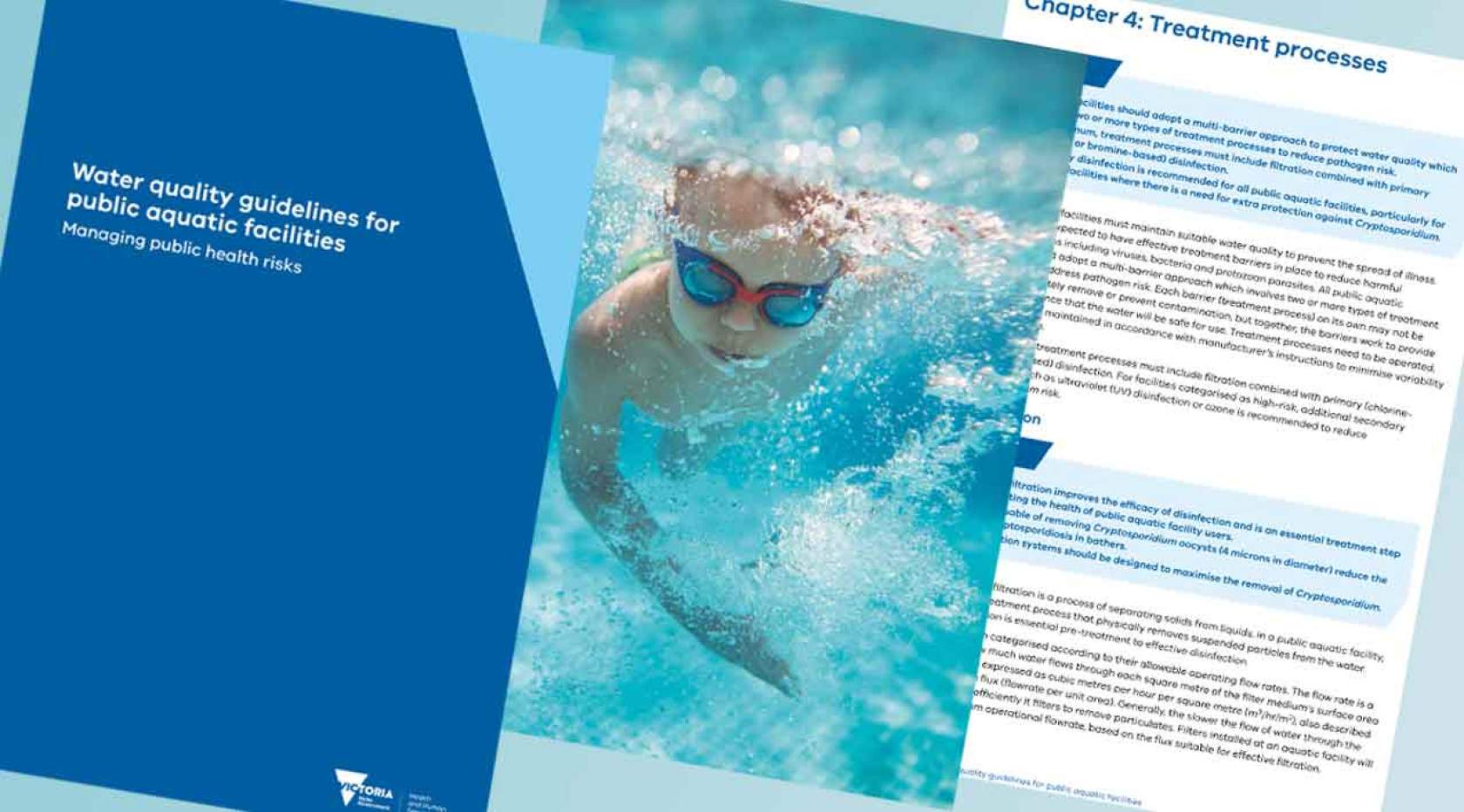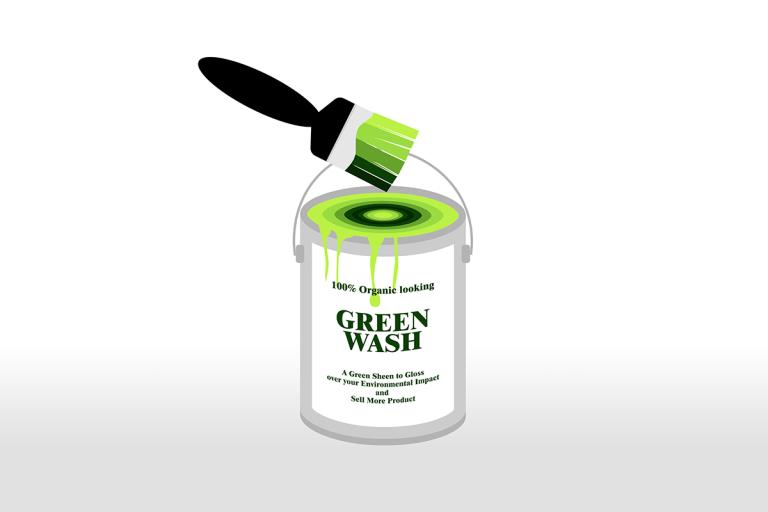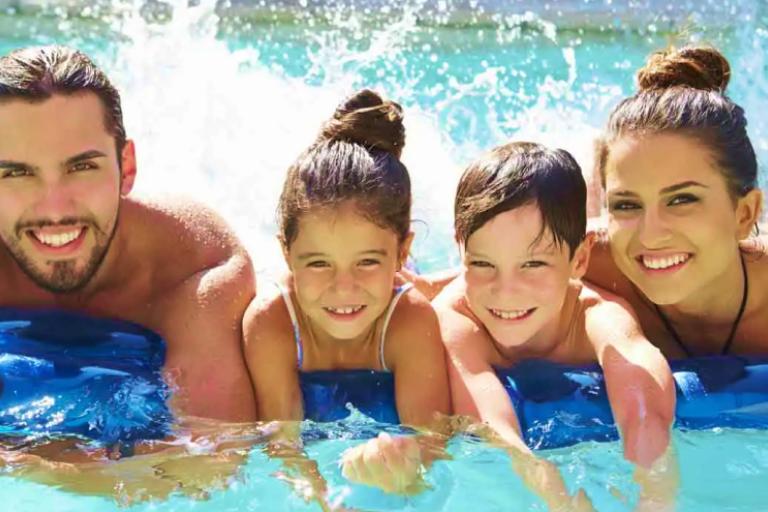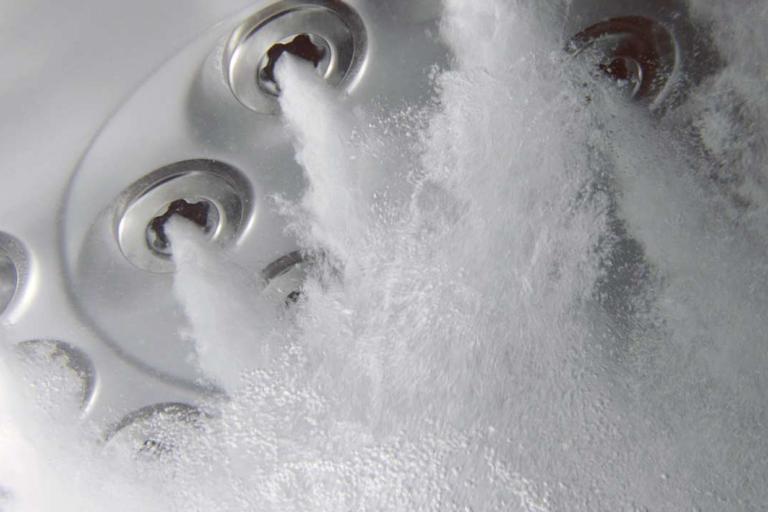Commercial sector questions Victoria’s new aquatic facility guidelines

Guidelines from the Department of Health and Human Services Victoria has caused consternation among the commercial sector of the pool and spa industry with Waterco calling for clarification that media filtration still plays a crucial part in the overall disinfection process for Victorian public aquatic facilities, among other issues.
Hydraulic engineer, Hydrautech Design’s Ross Weight and Waterco’s Andy Gale have both expressed concerns about the document to SPLASH!.
Waterco’s commercial and water treatment spokesperson, Andy Gale, says the “Water quality guidelines for public aquatic facilities: Managing public health risks” report has not been clear on the role of media filtration, and is calling on public aquatic facilities to exercise due diligence and employ best-practice processes when formulating their water quality risk management plans.
The statement comes in response to the report which highlights the need for multiple barriers, including media filtration, when mitigating water quality associated risks.
“While Waterco supports suitable system design measures to reduce risk to bathers in public facilities, it wants to clarify that the state government’s water quality guidelines do not exclude media filtration but rather validate methods to ensure media filtration effectiveness,” says Gale.
Commercial water treatment uses a combination of treatment processes (barriers) to provide safe water environments for the public. Filtration is regarded as one of the tools that can be used, along with primary and secondary disinfection.
Gale says that the Victorian water quality guidelines recognise the limitations of any one method:
“Each barrier (treatment process) on its own may not be able to completely remove or prevent contamination, but together, the barriers work to provide greater assurance that the water will be safe for use.”
Gale says that media and regenerative diatomaceous earth (DE) filters are both nominal filtration methods, not absolute filtration.
“Neither method is excluded under the Victorian water quality guidelines, rather they provide a guide to reducing risk. And while the guidelines say that filters capable of removing particles to four microns provide additional protection, this does not provide absolute protection,” he says. “Meaning that secondary barriers are still required.”
He says that Waterco also supports further statements made in the Victorian water quality guidelines on media filtration, all of which assist in reducing risks. These include multiple filters for one body of water, filtration velocity, coagulation, media type and backwashing.
“Media filtration is still very much an accepted choice for public facilities, if suitably designed,” he says.
Flawed document
Ross Weight, managing director of Hydrautech Designs and immediate past president of the Association of Hydraulic Services Consultants Australia, is less diplomatic. He is scathing about the Victorian government’s water safety guidelines and the processes they went through to come up with them.
“They’ve gone from risk aversion to risk hysteria and they haven’t focussed on any of the important technical issues that someone like me who works in this industry comes to rely on,” he says.
“For example, when recommending turnover rates in swimming pools, which is the time taken for a quantity of water that is equal to the volume of water in the aquatic facility to pass through the filtration system, they’ve got it totally wrong,” Weight says.
“They have included spas and hydrotherapy pools in every category, so, instead of just putting it under a 20-minute turnover, which is where it should be, they’ve also put it in one, two, three and four hours.”
He says the filtration section isn’t right either, and queries the overall effectiveness of pre-coat filtration compared to the readily commercially available enclosed filtration methods such as sand or glass bead filtration.
“With sand filters there are countless independent reports confirming their effectiveness.”
He says that when time came for public comment on the document, engineers and water experts raised their concerns over potentially misleading information.
“We told them the document was flawed – everything from super chlorination to contact times and the potential to damage equipment – but our feedback was completely ignored,” he says.




